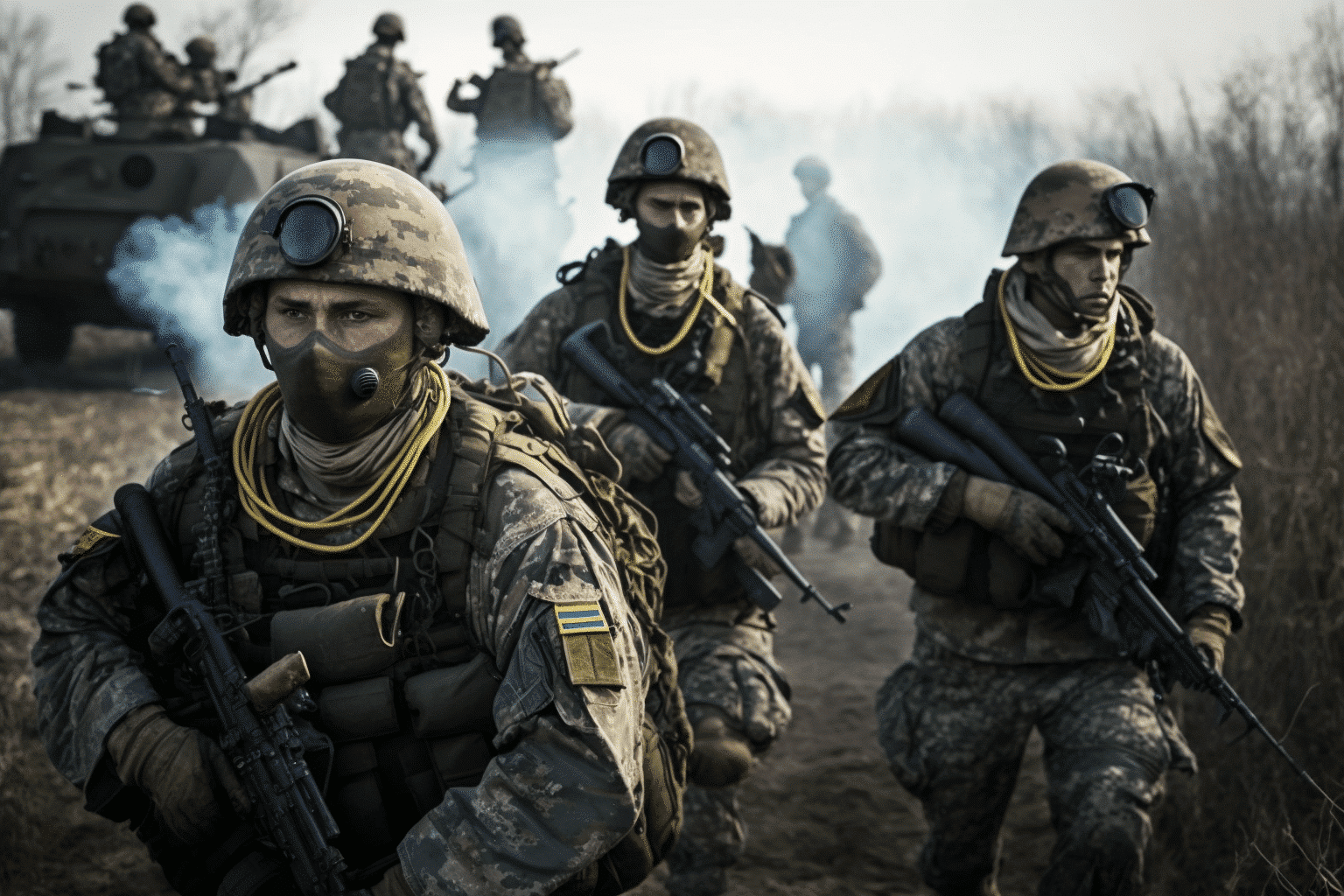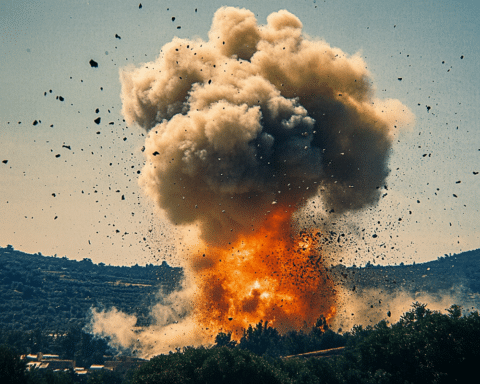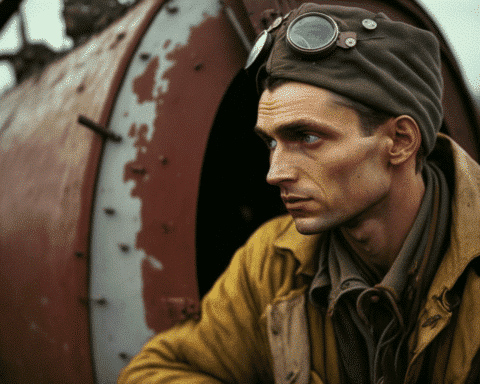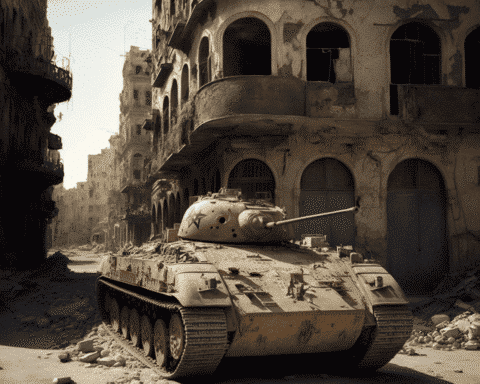A Ukrainian tank carrying infantry soldiers rushes toward a designated target marked with a metal sheet. The soldiers quickly disembark, throw grenades, and open fire with machine guns.
This daily drill, conducted just 7 kilometres from the actual war zone, highlights the significance of the northeastern front in Ukraine, where military officials have reported the start of a highly anticipated Russian offensive that could shape the future of the conflict.
The exercises aim to improve speed and coordination between reserve tanks and infantry assault units, crucial for halting Russian offensives. “Synchronizing our actions will be crucial in stopping Russian assaults towards our defensive lines,” says Colonel Petro Skyba, a 3rd Separate Tank Iron Brigade battalion commander.
Intense artillery battles have been escalating in recent weeks near Kupiansk, a strategic town on the eastern edge of the Kharkiv province by the Oskil River. The Russian attacks are part of their effort to capture the entire industrial heartland known as the Donbas, which includes the Donetsk and Luhansk provinces.
The outcome of the battle for Kupiansk could set the course for future attacks by both sides: if Russia succeeds in pushing Ukrainian forces west of the river, they could launch a significant offensive towards the southern border of Luhansk and Donetsk.
On the other hand, if the Ukrainian defence holds, it could expose Russian weaknesses and pave the way for a counteroffensive.
“The enemy is intensifying their efforts, but our troops are also putting in more effort, making timely replacements, and maintaining the defence,” says Brigadier General Dmytro Krasylnykov, commander of the joint group of troops in the Kharkiv region.
The constant Russian bombardment has destroyed homes and left civilians waiting in the cold for food and supplies. Armed with rocket launchers, Ukrainian soldiers wait for the final order to attack Russian targets, often armoured personnel carriers or tanks.
The war on the northeastern front is a slow and gruelling process with no quick wins. The Russians ramped up their attacks in February, deploying three major divisions to the area, but the Ukrainian fortifications have prevented major advances so far.
Ukrainian forces hope to improve coordination between infantry and tank units to prevent a breach of their lines. Artillery and ammunition shortages are a major concern, and long-range weapons could lead to quicker wins in the heavily forested landscape with small villages separated by vast farmland.
In the months to come, the outcome of the Russian offensive will be critical. The Russians aim to cut off Ukrainian forces from the Oskil River and occupy the entire territory from Kupiansk to Kreminna. However, the Ukrainian soldiers are determined to prevent this from happening.
The intense shelling in the suburbs of Kupiansk, closer to the Russian lines, has made life difficult for residents, who are limited in their access to supplies and often too afraid to leave their homes.
Most Ukrainians living in the danger zones along the 1,000-kilometer front line refuse to abandon their hometowns despite the danger. In the village of Zelena, residents wait for a food truck to arrive, grateful for a quiet day. The residents of Kupiansk, where Russian bombardment has become frequent, still offer Ukrainian servicemen a place to rest, despite the risks. “How can we say no? They are fighting for us,” says Olena Klymko, who lives next door to a destroyed home where Ukrainian soldiers were resting.
However, the reality of war is never far away. In the debris of the destroyed home, the severed hand of a Ukrainian soldier was found. The house was split in two by an S-300 missile on February 17 after Russian reconnaissance drones spotted the soldiers. The strikes are often indiscriminate, with some homes being hit repeatedly.
Residents from the border village of Vovchansk have to drive three hours to a makeshift bridge on the Pechenizhske Reservoir to retrieve supplies from Kharkiv. The intense shelling in the area has left many residents afraid to leave their homes.
Despite the danger, the Ukrainian soldiers remain determined to defend their country. “Every day, there is a change of position, but we won’t allow the enemy to advance,” says a gunner named Vitaly. “They have the quantity, but we are more efficient.”
The bravery and resilience of the Ukrainian people and soldiers in the face of war is inspiring. In the village of Zelena, older residents wait under a bus shelter for a food truck to arrive, while in Kupiansk, Olena Klymko has repaired her shattered windows and damaged roof. “Today is a quiet day, thank God,” says Victoria Bromska as she wheeled her food parcel back home.
In the end, the strength and unity of the Ukrainian people will determine the outcome of this conflict. Despite the destruction and hardships, they remain determined to protect their homes and country. The battle for control on Ukraine’s northeastern front may be far from over, but the courage and determination of the Ukrainian people will ensure that they come out on top.




